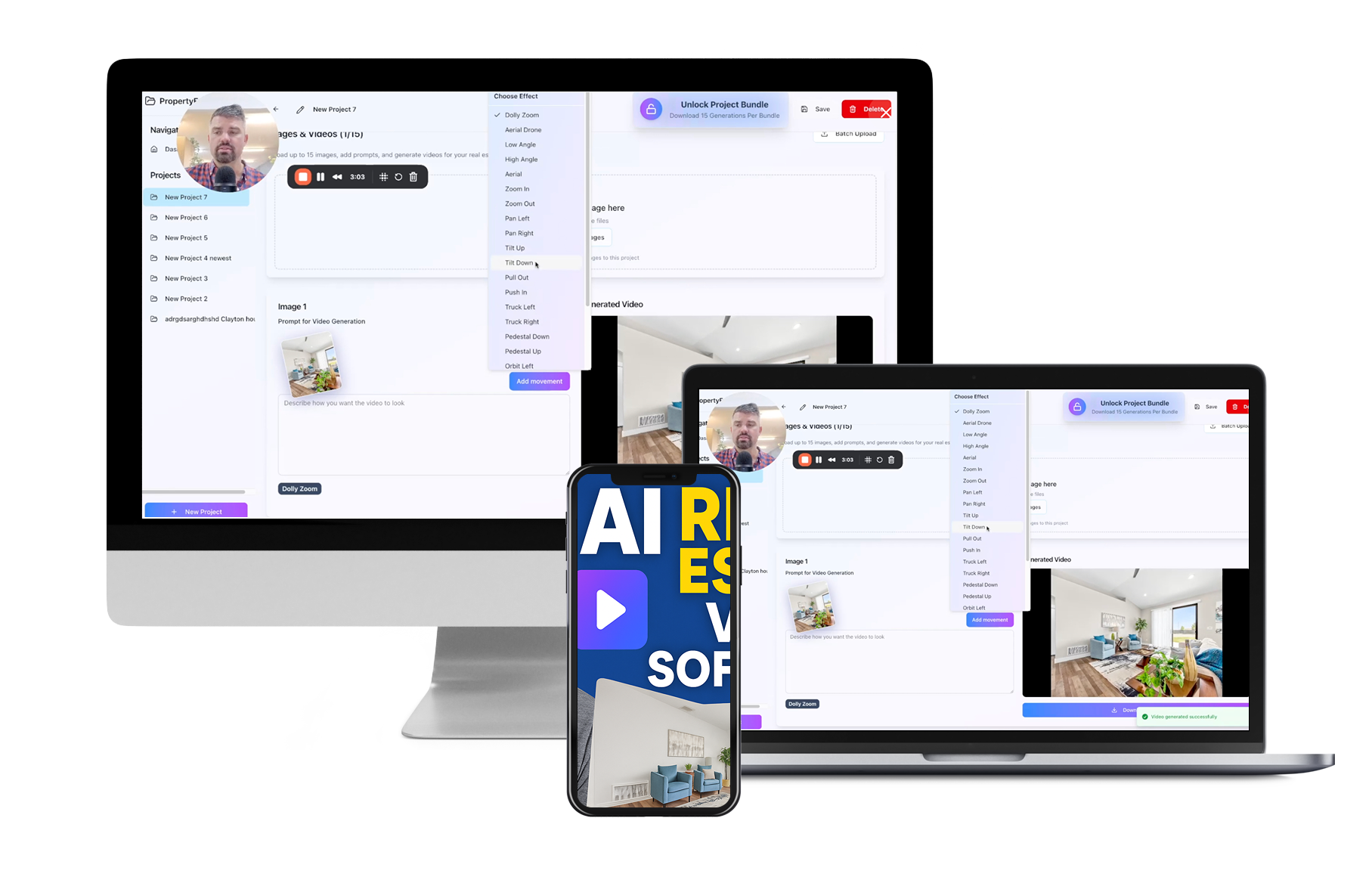
Virtual Reality vs Augmented Reality: Which is Better for Real Estate Tours?
Navigating the modern world of technology can be daunting, especially when deciding between Virtual Reality vs Augmented Reality: Which is Better for Real Estate Tours? As real estate professionals strive to create immersive and engaging property experiences, understanding the differences and advantages of these two technologies can make all the difference. In this article, we will delve into the capabilities of Virtual Reality (VR) and Augmented Reality (AR) to determine which option best suits your real estate tour needs.
Understanding Virtual Reality in Real Estate Tours
Virtual Reality is a technology that creates a fully immersive environment, shutting out the real world and placing the user in a digitally-created experience. For real estate tours, VR can offer a comprehensive and engaging way to explore properties.
How VR Works in Real Estate
- Users wear VR headsets that present a 3D, 360-degree view of a property
- Experiences are pre-recorded, using high-quality photography and videography
- Allows potential buyers to "walk through" properties without physically being there
Benefits of Using VR for Real Estate Tours
- Global Reach: Buyers can tour properties from anywhere in the world, expanding your market reach.
- Time-Efficient: Reduces the need for physical visits, saving time for both agents and buyers.
- Cost-Effective: Minimizes operational costs by reducing travel and staging expenses.
Exploring Augmented Reality in Real Estate Tours
Augmented Reality enhances the real world by overlaying digital elements onto real-world settings. This technology provides an interactive way to view and interact with real estate listings.
How AR Improves Real Estate Showings
- Utilizes smartphone or tablet cameras to display additional property information
- Allows potential buyers to visualize furniture and decor in empty spaces
- Offers interactive tours where users can view different property features with a tap
Advantages of AR in Real Estate
- Interactive Experience: Buyers can interact with elements, increasing engagement.
- Enhanced Visualization: Helps buyers visualize the full potential of a space.
- On-Site Supplement: Acts as a digital assistant during actual property viewings.
Virtual Reality vs Augmented Reality: Which is Better for Real Estate Tours?
Deciding between VR and AR hinges on the specific needs and goals of your real estate strategy. Both technologies have their unique strengths when applied to property tours.
Comparing Engagement and Experience
- Virtual Reality provides an entirely immersive experience, perfect for remote or international clients.
- Augmented Reality offers a more interactive and detail-oriented approach, ideal for enhancing in-person tours.
Evaluating Hardware and Accessibility
- VR requires specialized equipment like headsets and VR cameras, which might limit some users.
- AR leverages devices most clients already own, such as smartphones or tablets, making it more accessible.
The Future of Real Estate with VR and AR
It's clear that technology is reshaping the real estate landscape, with VR and AR leading the charge.
Innovations and Trends
- Virtual Reality is moving towards more sophisticated experiences with haptic feedback and improved graphics.
- Augmented Reality is enhancing its capabilities with real-time updates and more robust applications for property management.
Integration and Hybrid Approaches
Many forward-thinking real estate firms are combining both technologies to offer comprehensive and personalized client experiences. By using VR to offer remote tours and AR to enhance in-person visits, agents can give clients the best of both worlds.
Case Studies: Real Estate Success Stories
Here are a few examples of real estate companies successfully leveraging VR and AR technologies:
- XYZ Realty used VR tours to tap into the international market, resulting in a 25% increase in sales.
- ABC Homes integrated AR features in their app, allowing clients to visualize interiors, boosting on-site engagement by 30%.
Virtual Reality vs Augmented Reality: Which is Better for Real Estate Tours? Final Thoughts
Choosing between Virtual Reality and Augmented Reality depends on your business objectives and target audience's needs. Both VR and AR enhance the property tour experience, offering unique benefits that can give your business a competitive edge. For those looking to engage distant clients, VR offers unparalleled immersion, while AR provides an enriching layer of interaction for in-person tours.
Conclusion: Making the Right Choice for Your Real Estate Business
Ultimately, the choice between Virtual Reality vs Augmented Reality: Which is Better for Real Estate Tours? should align with your goals and client expectations. Consider experimenting with both technologies to see what resonates with your audience. As the real estate industry evolves, embracing these innovations can set you apart from the competition.
Ready to transform your real estate tours with cutting-edge technology? Start exploring VR and AR solutions today and elevate your client's buying experience.



